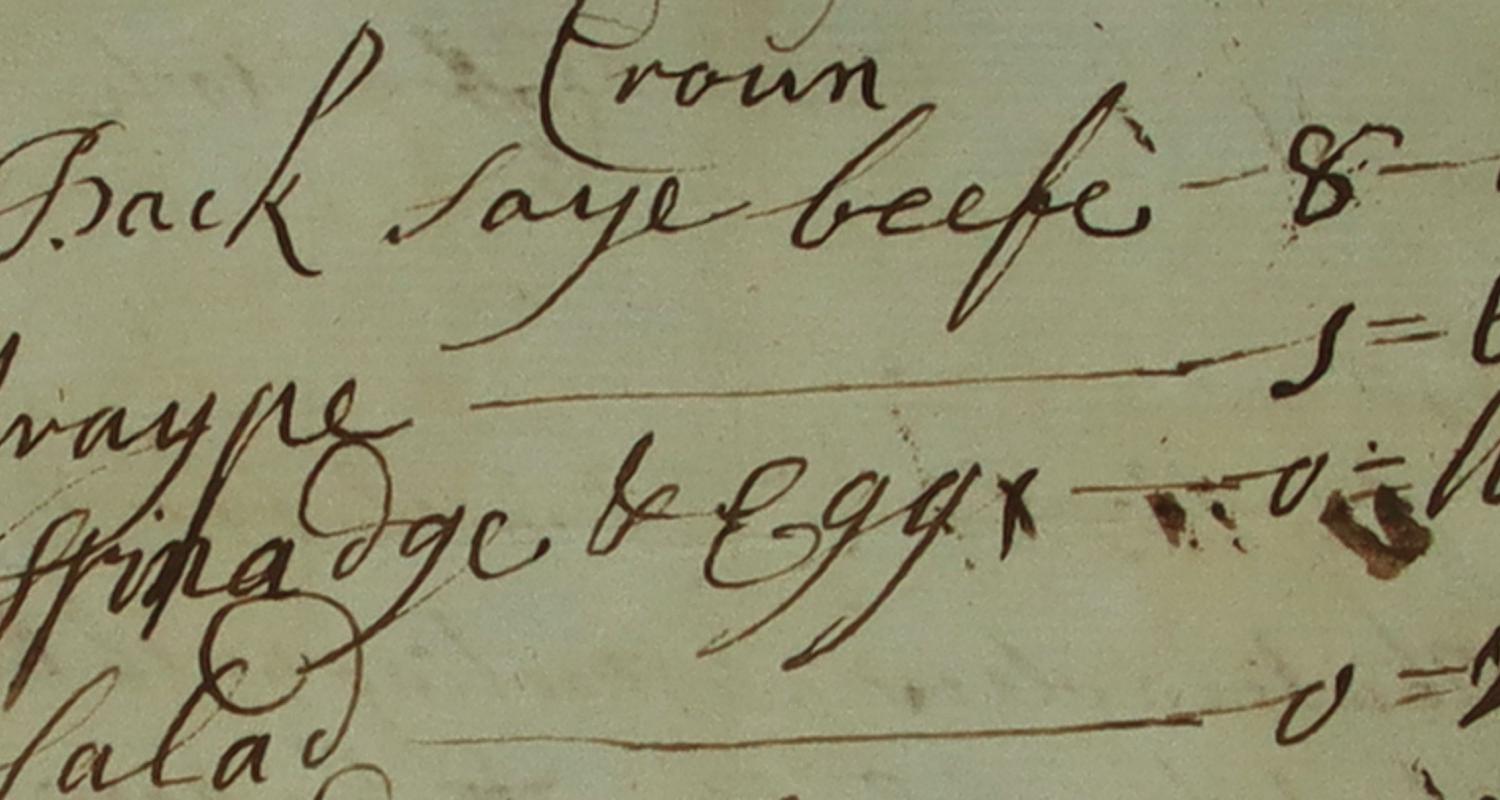We're celebrating Edinburgh 900 by taking a look at some interesting tales of the capital's people, places and activities over the centuries. Today we're exploring coffee - fueling Edinburgh's minds and bodies since the 17th century!
Coffee has been drunk in Edinburgh for centuries. The city's first coffee house opened in 1673 and the drink went on to fuel the intellectual and political debates of the Enlightenment. Museums & Galleries Edinburgh hold many coffee-related objects in their collections, spanning the 18th to the 21st centuries. Some objects are beautiful, others practical. Some are familiar, while others are rarely seen. If you're a coffee lover, read on to find out more.
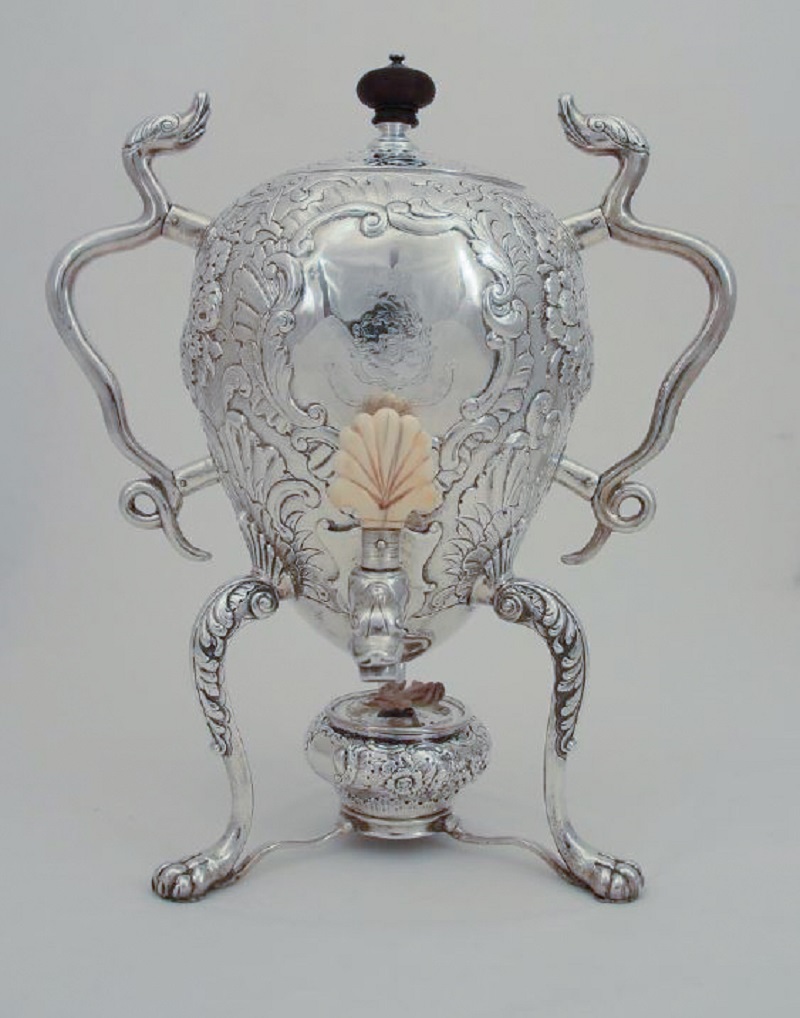
18th century coffee urn made in Edinburgh
What a magnificent way to brew up! This coffee urn dates from the middle of the 18th century and is made in a distinctly Scottish style that isn’t seen anywhere else. A burner fixed between the legs of the urn kept the coffee warm inside. It would have graced the sideboard of a grand dining room and provided coffee for large groups of guests.
Visitors to the Museum of Edinburgh love to see the coffee urn - its snake handles and lion’s-paw feet make it look like it might scuttle off when no-one’s looking. It was probably made by well-known makers James Ker or William Dempster but the hallmarks that would confirm that have been worn away by years of polishing.
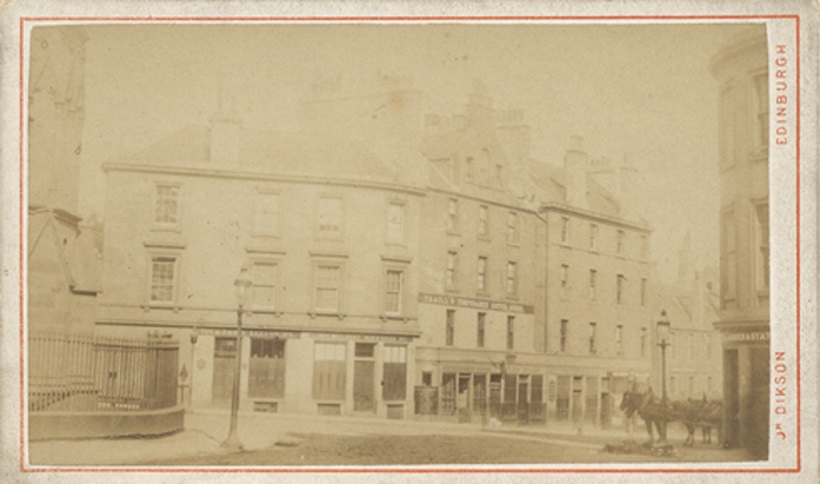
Photograph of Greyfriars Bobby's lunch spot
This photograph from around 1870 shows John Traill’s Temperance Coffee House at Greyfriars place. The Traill family became well-known for feeding Greyfriars Bobby while he kept watch over his master’s grave at Greyfriars Kirkyard. Tourists flocked to have coffee at a place associated with their favourite devoted dog.
Temperance coffee houses sprang up in the mid-19th century in response to the Temperance movement, which aimed to cure social problems by supporting people to abstain from alcohol. No alcohol was available on the premises, but the coffee was still good and strong.
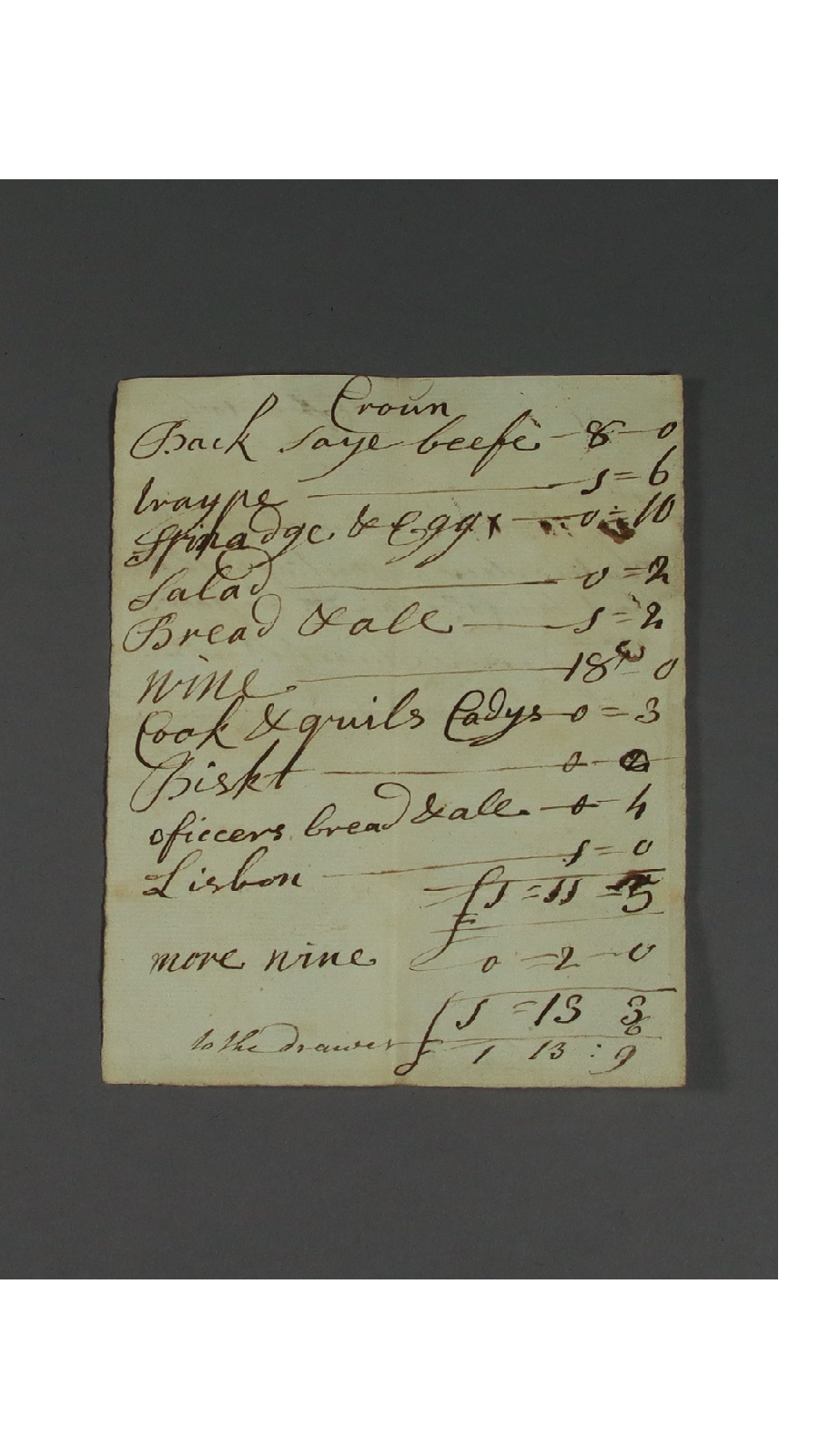
Tavern Bill
This tavern bill from the mid to late 18th century lists what members of the Town Council consumed at a meeting. Alongside plenty of coffee, there was beef, tripe, spinach and eggs, bread and at least three different types of alcohol. ‘Lisbon’ would have been port, while ‘cadys’ refers to young messengers who crossed the city on foot relaying messages for people.
The tavern bill is one of a group in the MGE collections that gives an insight into what constituted pub grub in 18th century Edinburgh.
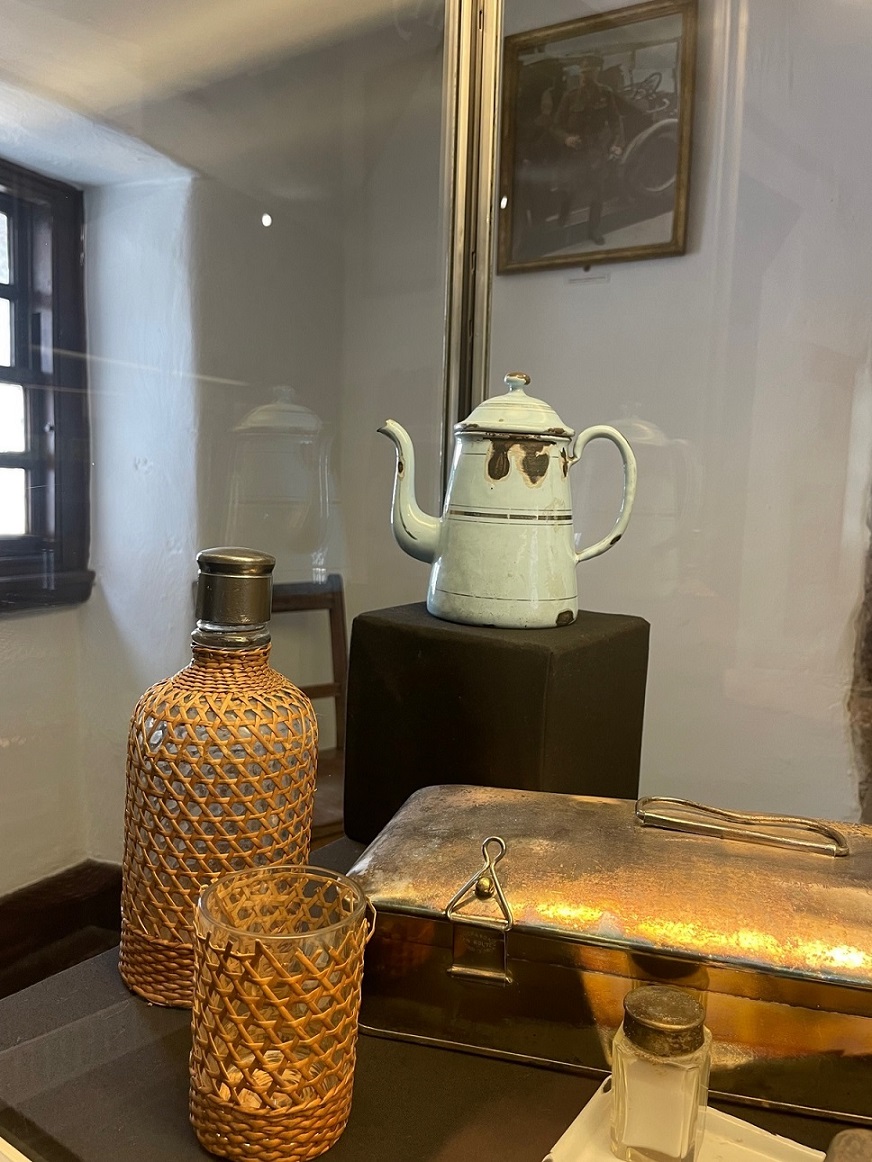
Coffee pot from the front lines of World War 1
This enamel coffee pot was used by Field Marshal Earl Haig when in charge of the British Expeditionary Force in Europe during World War 1. It was donated to MGE alongside his field canteen containing crockery, cutlery and other culinary objects. It is on display at the Museum of Edinburgh.
Haig's letters include references to receiving supplies of food and drink at the Front from high-quality suppliers such as Fortum & Mason in London. The food and drink of high-ranking officers was clearly very different to that of the front line troops. Providing meals for fellow officers and allies was a key part of diplomacy, so a good cup of coffee could pave the way for cooperation.
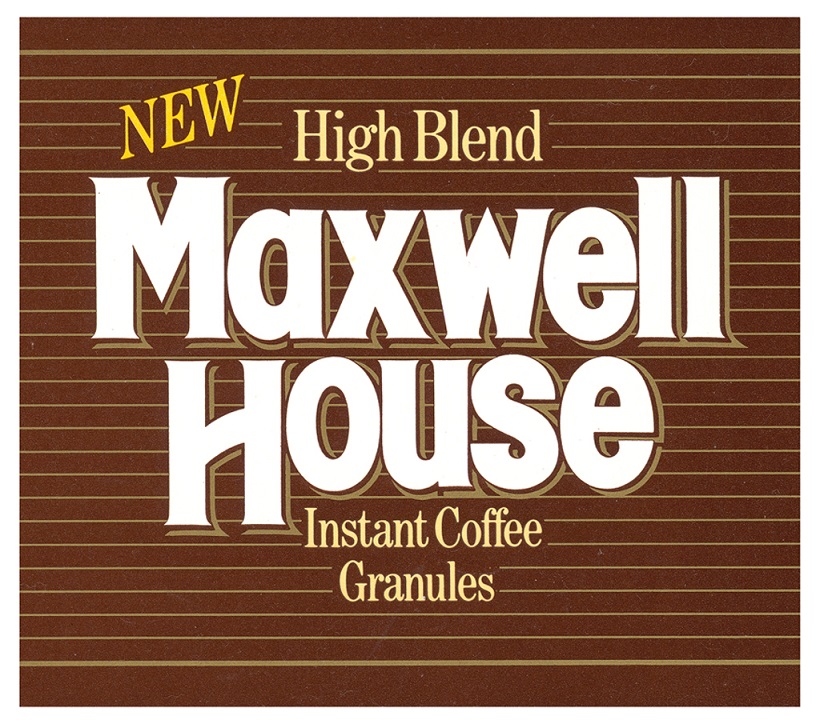
Artwork for Maxwell House instant coffee label
This 1986 label design for a jar of Maxwell House instant coffee might be familiar. It was produced by the Edinburgh printing firm Smith & Ritchie. Maxwell House was a heavily-advertised brand in the 1980s and into the 1990s, with its ‘Get the Max’ slogan and celebrities such as Victoria Wood and Maggie Smith appearing in adverts.
Explore more of our objects that tell the story of Edinburgh on Capital Collections
